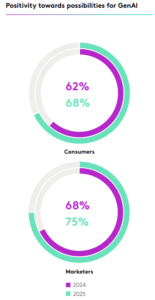Individual, organizational, socio-geographical and other contexts shape how employees and leaders perceive reality, behave and form expectations. Recognizing these contexts enables timely identification, addressing and prevention or resolution of issues, such as via targeted mentoring, coaching, training and other interventions, whereas neglecting them can cause adverse consequences such as misalignment, friction, poor morale, reduced performance and higher turnover. Drawing on scholarly research and personal anecdotes, while putting a special focus on the IT sector, I want to examine key contextual factors in this article.
When I first moved, from overseas, to work in the highly culturally diverse U.S. tech industry, where roughly 40% of the software developers are migrants, mostly from China and India, countries with very different workplace (or general) cultural norms compared to the U.S. or The West, as will be further established, I encountered a range of workplace behaviors that, at times, struck me as unusual, even frustrating. These reactions were rooted in differences in cultural norms—something I only came to understand in hindsight. It’s likely my behavior or expectations also seemed misaligned to others.
Where I came from, for example, it was not uncommon for a junior employee to challenge a top executive during an all-hands meeting. In fact, I witnessed a junior colleague do exactly that; he is now a senior manager at the same company. However, in other organizations I’ve worked in, even managers hesitated to speak up and challenge leadership openly. A behavior viewed as bold and constructive in one culture can be perceived as disrespectful or disruptive in another.






